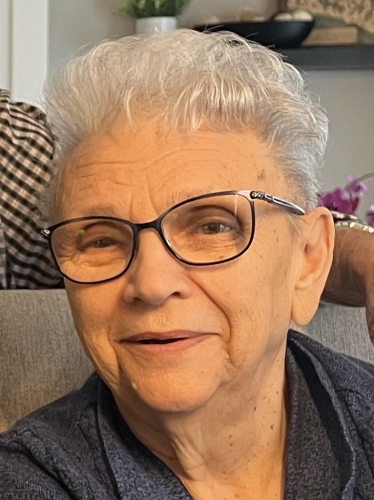Drug warning: Increase in suspected drug poisonings (overdoses)
Issued: Tuesday, April 2, 2024
You can sign up to receive drug alerts and warnings issued in our community by the Community Drug Strategy.
The Community Drug Strategies have received reports of an increase in the number of drug poisonings (overdoses) and unexpected reactions from the use of substances in the Sudbury and districts area.
While we cannot confirm the substance(s) causing the overdoses, this situation serves as an important reminder to the community that street drugs may be cut or mixed with substances such as benzos (benzodiazepines), xylazine, fentanyl, or carfentanil. Frontline workers warn that more toxic substances may be circulating locally. As well, with the recent closure of the supervised consumption site, persons who used to depend on that service may be at increased risk when using now.
An overdose occurs when a person uses a substance and their body is unable to handle the effects. As a result, the brain is unable to control basic life functions. The person might pass out, stop breathing, or experience a seizure. Overdoses can be fatal and non-fatal.
Prevent overdoses to save lives:
– Carry a naloxone kit. Know how to use it (PDF).
– Call 911 if you suspect an overdose.
– Avoid mixing drugs, including prescribed, over the counter, and illegal drugs.
– Avoid drinking alcohol while using other drugs.
– Use caution when switching substances: start with a lower dose than you usually would.
– If you have not used in a while, start with a lower dose. Your tolerance may be lower.
– When using substances, consider the following options:
– Have a trusted person with you who can provide support as needed.
– Connect with the National Overdose Response Service at 1.888.688.6677 (NORS line).
– Access the Brave App.
– Avoid using drugs when you are alone.
Opioid overdose symptoms include:
– fingernails and lips turn blue or purplish black
– skin turns bluish purple, grayish, or ashen, depending on skin tone
– dizziness and confusion
– the person can’t be woken up
– choking, gurgling, or snoring sounds
– slow, weak, or no breathing
– drowsiness or difficulty staying awake
Due to benzodiazepines (benzos) toxicity, an overdose may last for hours and look like:
– extreme sleepiness or passing out
– poor balance and movement control
– slurred speech
– blackouts and memory loss
How to respond to an overdose:
– GIVE NALOXONE. This will help reverse an opioid overdose and will do no harm if the overdose is not due to opioids. This may improve breathing, but the person may not regain consciousness due to sedation. Additional doses maybe needed.
– Call 911 to get medical help and keep monitoring breathing. Stay with the person until help arrives.
– If the person is unconscious, place them in the recovery position.
Where to get naloxone?
For a free naloxone kit, contact The Point at Public Health Sudbury & Districts, Réseau Access Network, or ask your local hospital or pharmacy. Or, visit www.ontario.ca/page/get-naloxone-kits-free.
Be cautious if using drugs and please distribute this information widely to help save lives.
Media Contact:
Communications
Public Health Sudbury & Districts
705.522.9200, ext. 484





